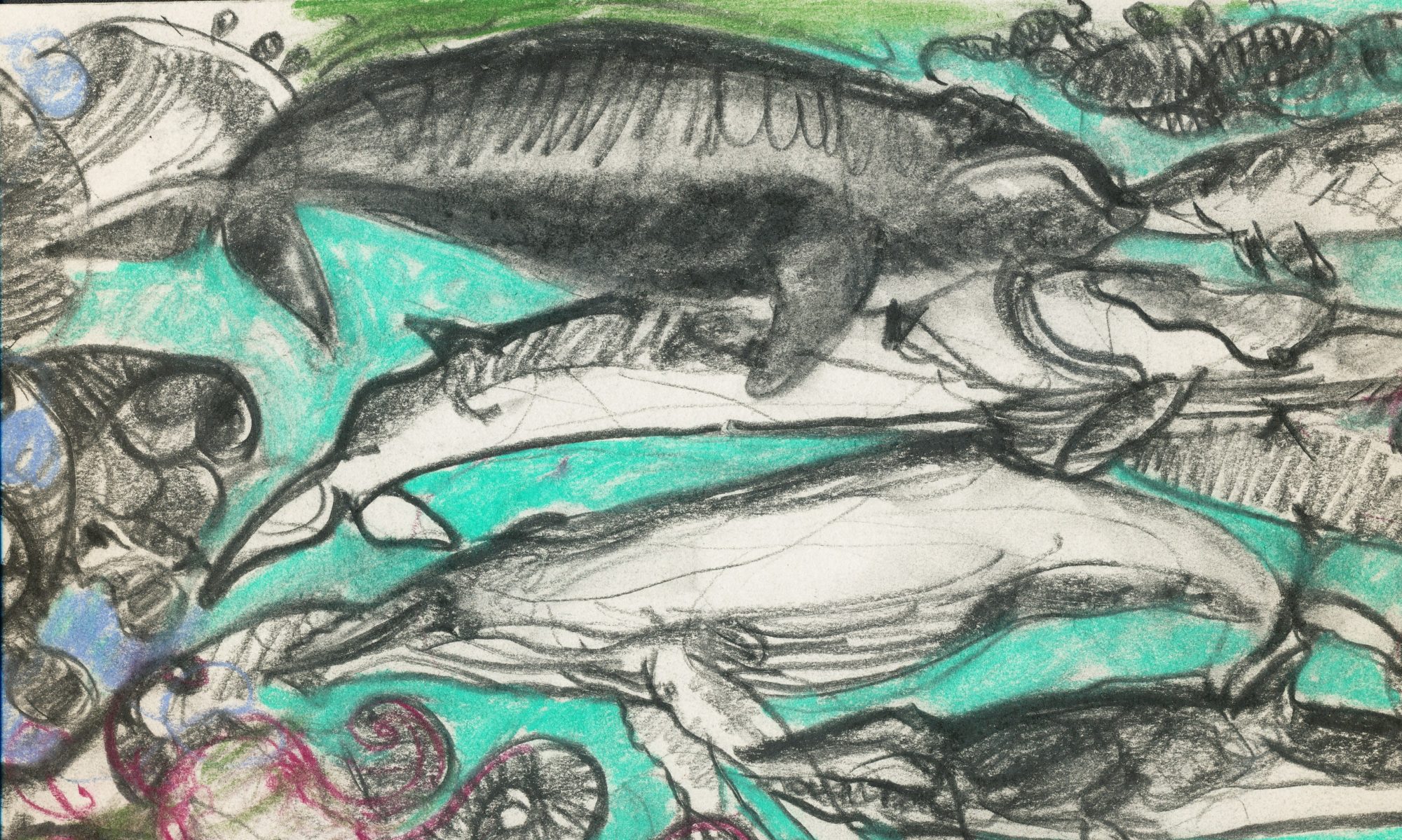Sustainable Design Awareness might be divided into at least two distinct categories being: 1) Peak Oil/ Alternative Energy and 2) Climate Change which is caused in part by the burning of fossil fuels and other unregulated human involvement.
It is interesting to note that while sustainable building checklists mainly focus on conserving energy and water, recycling materials, and reviving brownfield properties, it is still fair game as to where to locate the building. For instance in LEED 2009, the only prerequisite in Sustainable Sites is ‘Construction Activity Pollution Prevention’ while it is only recommended that buildings are not located in 100 year flood plains or wetlands by offering a voluntary point in subsequent credit portions. One could even conclude that while sustainable guidelines recognize that buildings have contributed the most damage with global warming and energy wastefulness, that a magic checklist will redeem that legacy while still building as much as possible.
Disaster mitigation introduces a different perspective in sustainable design in that it mainly addressed the aftermath of a cataclysmic event caused by a hurricane, tornado, tsunami, flood, earthquake, volcano, or mudslide. Just as Benjamin Franklin stated “An ounce of prevention is worth a pound of cure’, preparedness can be brought into preliminary design with the intention of relying less on emergency procedures in order to save countless lives in disasters as a last resort. It is time to re-learn how we can face catastrophes by understanding nature and when, how, and where we build to predict for these inevitable consequences.
We must first delve into the geological nature of shifting tectonic plates that overlap, separate and grind at fault lines where earthquakes, volcanoes and deepening trenches can be frequent. These natural events cause varying major weather interactions between water and air from which result hurricanes and tsunamis causing unmanageable destruction through floods. Secondly, we need to see how human consumption and burning of fossil fuels has created the ‘Green House effect and consequently is causing the melting of glaciers, rising sea levels, wetland destruction, wandering diseases and the extinction of biodiversity.
Ironically, these cataclysmic events have also created dramatic places such as San Francisco Bay where houses perch precariously for exhilarating views. Historically, river deltas attracted people to build cities because of the fertile land replenished by naturally overflowing rivers and the biodiversity of flora and fauna. As the population grew, and port trade activity increased, building sea walls, jetties, levees, and dams seemed to become an obvious if at least temporary solution.
But nature will always find a way to prevail. The devastation of New Orleans by Hurricane Katrina can now be viewed as an engineering disaster when it is recognized that the shipping channel walls also funneled the river sediment out into the gulf towards the sea rather than allowing the naturally formed sand berms and wetlands to be replenished. Flourishing mangroves, cedar trees, and marsh grasses which actually slow down hurricanes might have prevented the city’s sea wall levees from being breached and causing unfathomable human displacement and damage to the city neighborhoods with thousands of life lost.
Whereas much research and activism has occurred within scientific communities, legal and political entities, and from conscientious engineers and environmentalists, architects can be proactive as well and know when not to build or if designing emergency shelters and safe havens would be a more useful direction to pursue.
But then, maybe it is not the so-called technically advanced cultures, but indigenous tribes and wild animals that can only sense or detect sounds from the approaching waves long before they strike the shore and head for the hills.
Architects can look beyond paving the globe and take on their most fervent usefulness with imagination and cunning in a shifting universe.
Like this:
Like Loading...


